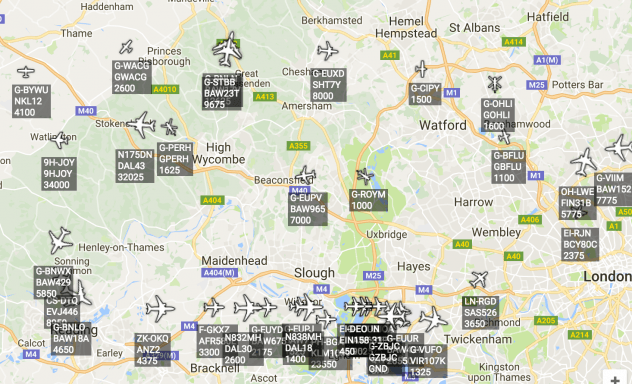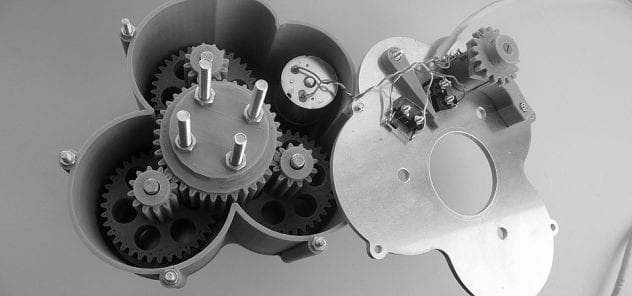Amateur Radio, or HAM radio, has been a part of my life since as long as I can remember. Before I was ripping apart and rebuilding 386 chipped PC’s that had ram measured in KB, I have distinct memories of days spent watching and learning from my father while he tinkered in the family garage bringing voices from continents away with technology using the hum and glow of vacuum tubes. As a teenager learning the literal ins and outs of PNP transistors, the day came where I went in, and passed, my FCC licensing exam translating code from Farnsworth timing. That was the day I felt like I was knighted into this geeky world, where tinkering and radio were, and pretty much still is, synonymous to me.
Fast forward to the rise of computing, the internet, and now microcomputing, and Ham radio has become seen as more of the “old-timer’s” hobby. However, there is a growing interest back to this pillar to the original-geek community, as a hybridization of the computer and radio geek communities merge with the integration of Raspberry Pi into Ham radio. Outside of finishing up a home made long-wire for my home antenna array, forgive the pun, but a few projects that came up on my ‘radar’…
James Stevens, M0JCQ, ( Chesham, UK)

Blog post of 10 Amateur Radio uses of Raspberry Pi, including $100 track real time ADS-B (Automatic Dependent Surveillance – Broadcast) flight tracking system for aircraft tracking.
QRZNow

For the 3D printing-minded, here is an example of how 3d printed gears can be used to create a customization antenna turning rotor: http://qrznow.com/3d-printed-customized-antenna-rotator/
G0HWC (Great Clacton, UK.)

Raspberry Pi Ham radio specific projects: http://www.g0hwc.com/raspberry-pi-ham-radio.html including a SDR using a Raspberry Pi and inexpensive RTL-SDR tuner


You must be logged in to post a comment.